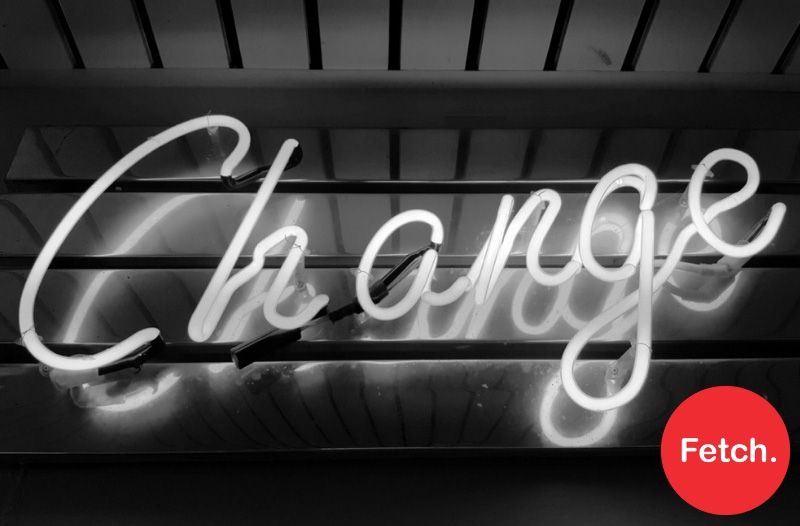Connecting...
Understanding The Change Curve
Published date: 2018/11

I am a massive supporter of embracing change but there was a time that I thought change was terrifying. It wasn’t until I came across a model called The Change Curve that I started to understand the stages we naturally follow as a human when we are transitioning in our personal or work life. This model not only helps me understand the process but enables me to successfully navigate it also.
The Change Curve is also beneficial when working with people, as it helps you predict how people will react to any change you as a leader, manager or business may be rolling out. Personality completely underpins how people will respond to change. Understanding the differences in personalities allows you to predict how different personality types are likely to respond to a situation or change. Once you know this, you can then deploy the correct leadership or coaching style to make sure your audience has the help and support they need to smoothly transition from resistance to acceptance.
The Change Curve
The Change Curve model describes the four major stages most people go through as they adjust to change.
Stage 1 – Status Quo
Stage 2 – Disruption
Stage 3 – Exploration
Stage 4 – Re-building

Stage 1: Denial
We begin when a change is first introduced, where our initial reaction may be shock or denial. This then manifests into blaming others and/or ourselves as we react to the challenge of the status quo. Stage 1 is the hardest part of the process as we can be in a stressful and uncomfortable state. People tend to linger in Stage 1 for quite some time but as long as we continue to resist and remain in this stage, the change will be unsuccessful.
Stage 2: Doubt
Stage 2 is where doubt and confusion set in. This manifests in various ways but we will be showing signs of fear, doubt, anger, frustration and confusion. If you are at Stage 2 this is a great sign! It means you’re beginning the process to move on towards acceptance.
Stage 3: Acceptance
When we get to Stage 3, we stop focussing on what we have lost and start to let go and accept the change. This is the creative stage of the process. We begin to test and explore what the change actually means. This also enables us to educate ourselves on what’s positive and negative about the change and how we must adapt to it. At this stage you can go two ways. Either we become hopeful and enthusiastic about the change, or we slide back into Stage 2 (Doubt). Stay mindful of this as you take the relevant steps.
Stage 4: Integration
By Stage 4 we haven’t just accepted the change, we are integrating it into our lives. We are embracing the change and rebuilding our ways of working. It’s only when we get to this stage that we start to see the real benefits of the change.
The change is now starting to become ‘normal.’ It is the beginnings of routine and status quo. The journey may have been difficult or uncomfortable but you got there! It’s imperative that you celebrate your success and the benefits of your change! By celebrating the achievement you establish a track record of success, which will make things easier the next time change is needed.
Let’s face it, embracing change is not fun. As humans, we like staying in our comfort zone. After all, they call it a “comfort” zone for a reason! The term itself stirs up deep feelings of calm, relaxation and security but eventually, something comes along to snap us out of it. There is no denying it, change happens to us all, it’s simply a part of life. While some change is irrefutably brilliant, we’re often faced with disruptions that certainly don’t feel welcome. The good news is that embracing change is not a difficult skill to learn and once you start looking at change as a good thing, you’ll be amazed at some of the benefits that can follow.
Sophie Wittke is the Operations & Internal HR Manager at Fetch Recruitment. She is passionate about change management and internal communications, and ensuring that all employees feel valued, heard and supported. You can connect with Sophie on LinkedIn here.
Looking for your next role in the built environment? Check out our latest jobs here!
